David Zajic
A random forest system combination approach for error detection in digital dictionaries
Oct 30, 2014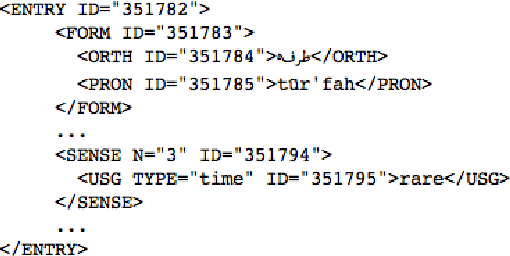


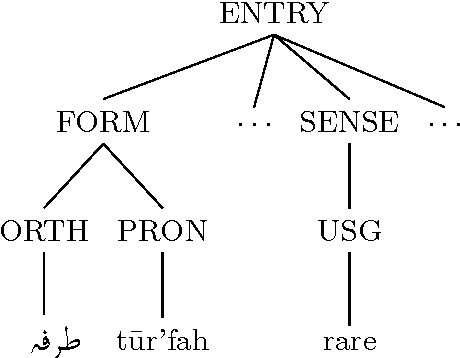
Abstract:When digitizing a print bilingual dictionary, whether via optical character recognition or manual entry, it is inevitable that errors are introduced into the electronic version that is created. We investigate automating the process of detecting errors in an XML representation of a digitized print dictionary using a hybrid approach that combines rule-based, feature-based, and language model-based methods. We investigate combining methods and show that using random forests is a promising approach. We find that in isolation, unsupervised methods rival the performance of supervised methods. Random forests typically require training data so we investigate how we can apply random forests to combine individual base methods that are themselves unsupervised without requiring large amounts of training data. Experiments reveal empirically that a relatively small amount of data is sufficient and can potentially be further reduced through specific selection criteria.
* 9 pages, 7 figures, 10 tables; appeared in Proceedings of the Workshop on Innovative Hybrid Approaches to the Processing of Textual Data, April 2012
Detecting Structural Irregularity in Electronic Dictionaries Using Language Modeling
Oct 29, 2014

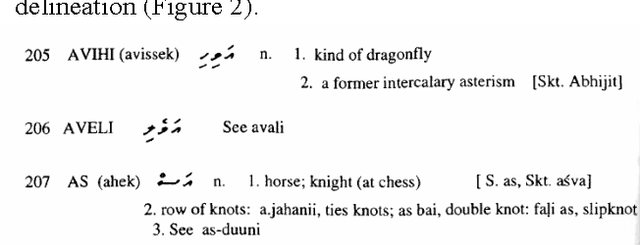

Abstract:Dictionaries are often developed using tools that save to Extensible Markup Language (XML)-based standards. These standards often allow high-level repeating elements to represent lexical entries, and utilize descendants of these repeating elements to represent the structure within each lexical entry, in the form of an XML tree. In many cases, dictionaries are published that have errors and inconsistencies that are expensive to find manually. This paper discusses a method for dictionary writers to quickly audit structural regularity across entries in a dictionary by using statistical language modeling. The approach learns the patterns of XML nodes that could occur within an XML tree, and then calculates the probability of each XML tree in the dictionary against these patterns to look for entries that diverge from the norm.
* 6 pages, 2 figures, 11 tables; appeared in Proceedings of Electronic Lexicography in the 21st Century (eLex), November 2011
Correcting Errors in Digital Lexicographic Resources Using a Dictionary Manipulation Language
Oct 28, 2014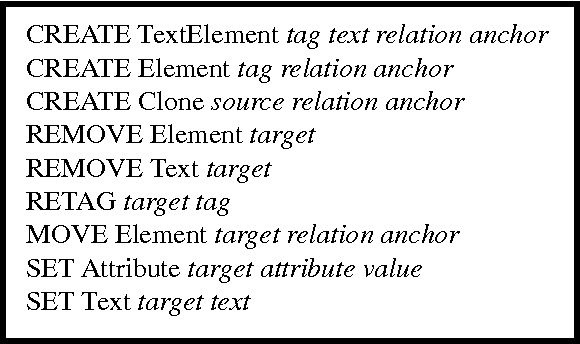
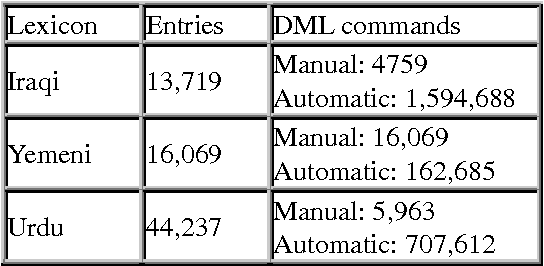
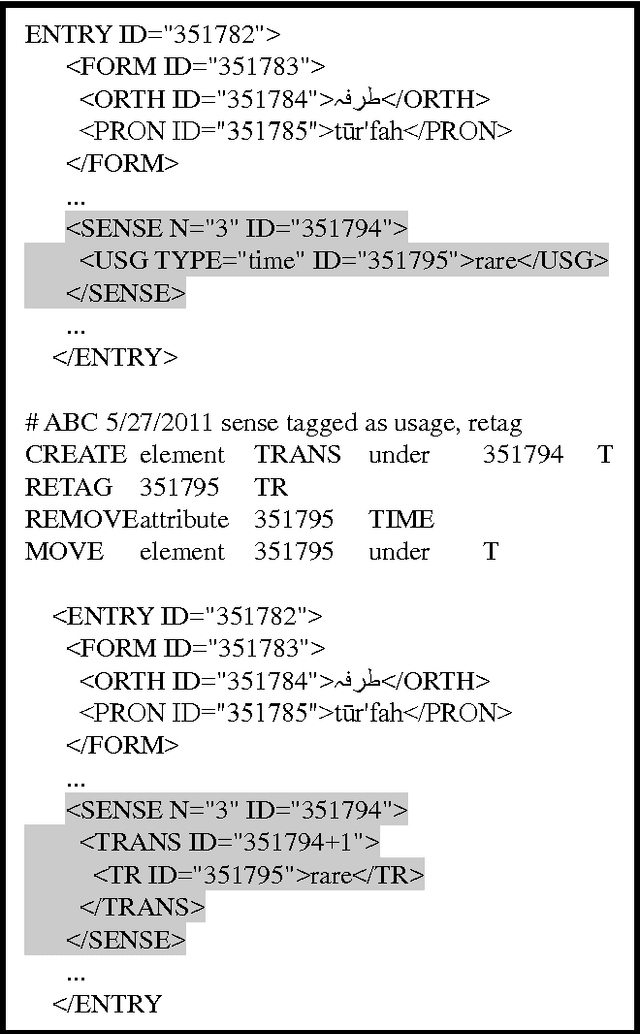

Abstract:We describe a paradigm for combining manual and automatic error correction of noisy structured lexicographic data. Modifications to the structure and underlying text of the lexicographic data are expressed in a simple, interpreted programming language. Dictionary Manipulation Language (DML) commands identify nodes by unique identifiers, and manipulations are performed using simple commands such as create, move, set text, etc. Corrected lexicons are produced by applying sequences of DML commands to the source version of the lexicon. DML commands can be written manually to repair one-off errors or generated automatically to correct recurring problems. We discuss advantages of the paradigm for the task of editing digital bilingual dictionaries.
* 5 pages, 3 figures, 1 table; appeared in Proceedings of Electronic Lexicography in the 21st Century (eLex), November 2011
Generating Extractive Summaries of Scientific Paradigms
Feb 04, 2014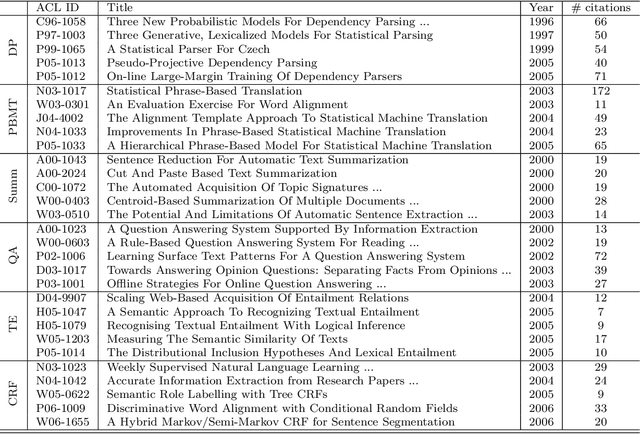


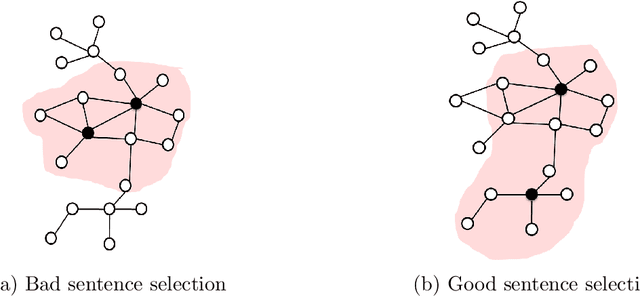
Abstract:Researchers and scientists increasingly find themselves in the position of having to quickly understand large amounts of technical material. Our goal is to effectively serve this need by using bibliometric text mining and summarization techniques to generate summaries of scientific literature. We show how we can use citations to produce automatically generated, readily consumable, technical extractive summaries. We first propose C-LexRank, a model for summarizing single scientific articles based on citations, which employs community detection and extracts salient information-rich sentences. Next, we further extend our experiments to summarize a set of papers, which cover the same scientific topic. We generate extractive summaries of a set of Question Answering (QA) and Dependency Parsing (DP) papers, their abstracts, and their citation sentences and show that citations have unique information amenable to creating a summary.
 Add to Chrome
Add to Chrome Add to Firefox
Add to Firefox Add to Edge
Add to Edge